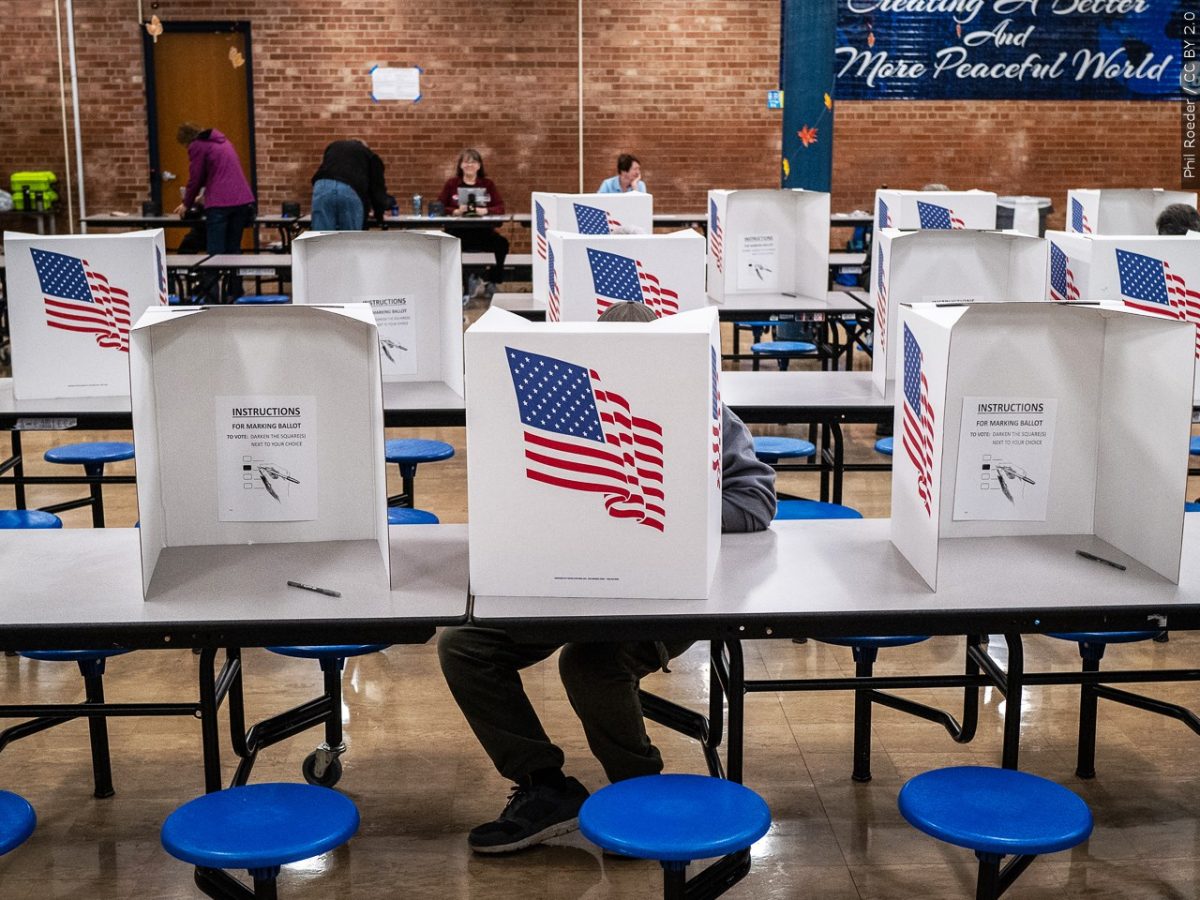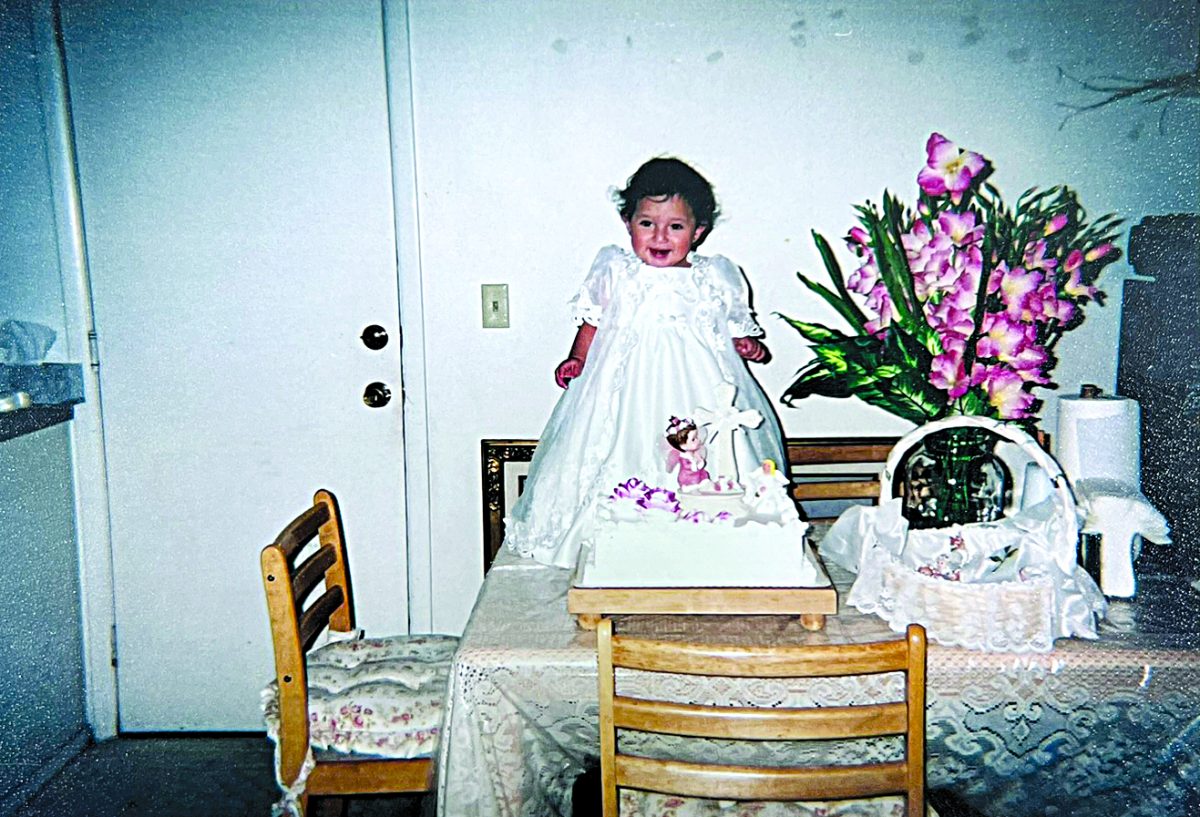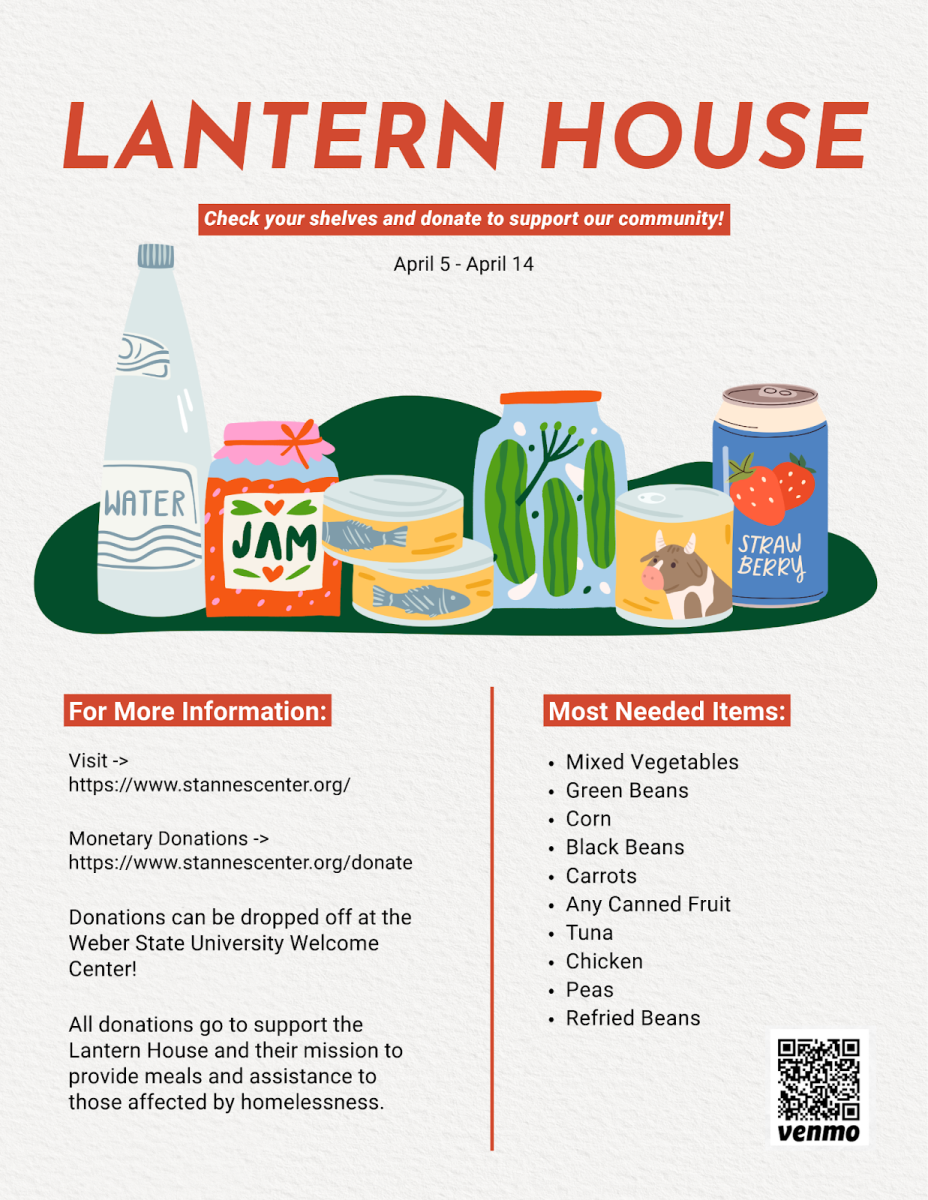Last week, I was given a very fun assignment for a very interesting class. I was supposed to visit two toy/clothing stores or supercenters and take notes on what messages the products send to children about gender.
Because I am young at heart and still interested in them (I’m that crazy lady on eBay who keeps bidding high on your old Polly Pocket and Pound Puppies playsets, in an effort to recapture my lost childhood), I chose toys.
We all know about the aggressive color coding used in children’s toys, and the unhealthy body standards Barbies, Disney princesses and even boys’ action figures set. But, as I browsed the toy sections of Target and Walmart, I noticed other subliminal messaging I hadn’t considered before.
The main recurring purpose of the toys was wish fulfillment. If, as we assume, girls just want to be pretty and/or take care of babies and cute animals, and boys want to be strong and athletic, girls can project their personalities and dreams onto dolls and boys can act out their mildly violent fantasies, displaying imaginary strength with action figures, toy guns and monster trucks.
The differences between the two sections were almost immediately apparent. Besides the obvious fact that nearly all the girls’ toys were pink, purple or bright pastel colors and the boys’ toys were mostly bold, dark or primary colors, there was also the implications of the textures and what was being depicted. The boys’ toys often tended to represent lifeless objects — practical, functional and given strength only by their wielder — like cars, planes and guns. The girls’ toys tended to represent living things like people and animals, subconsciously encouraging a greater sociability and need to fabricate characters, personas and friendships rather than feats of strength. While accessories for boys’ toys tended to be weapons or armor, girls’ toys came with endless outfit changes or, for “human” dolls, cute animal companions. When the boys’ sets contained animals, like horses and dragons, they were monochrome, muscular and grim-faced, while animals in the girls’ section were plush and fluffy with huge eyes and pink outfits.
If, at best, the girls’ toys encourage nurturing, sociability and attention to visual detail and the boys’ toys idealize strength, athleticism and heroism, then at worst, the girls’ toys encourage materialism, vanity and vapidity, while the boys’ encourage aggression, lack of empathy and violence.
Boys’ toys, such as Lego sets, often depicted policemen, soldiers or firefighters carrying out heroic acts, while girls’ sets focused on dress-up, makeovers and homemaking. Several lines of toys for girls tried to emphasize career aspirations, but failed pretty miserably. For instance, the “I Wish I Was . . .” line of play kits almost entirely focused on homemaking and domesticity, with toy blenders, toasters, vacuums, shopping carts, cooking kits and a “mega makeover set.” The only other two “careers” in this line represented were princess and cowgirl. Another line represented jobs/hobbies/roles like gymnast, snowboarder, schoolgirl, figure skater and “beach vacationer” (oh, little girls, you just keep on reaching for those stars). Even the “doctor” dolls had to be wearing silky pink or lilac lab coats with pink medical bags and, of course, cute animal companions.
The No. 1 career encouraged for little girls in the toy section is undoubtedly that of “mommy.” Baby dolls are marketed to girls as young as 3, offering not just outfit changes but pretend formulas, diaper bags and training toilets to simulate the experience of motherhood.
Something I really hadn’t thought about before, though, was that the toys seemed to be discouraging the two genders from relating to one another. The only male character portrayed in the girls’ section (not counting the androgynous stuffed animals) was Ken, and only one baby doll was dressed in a “gender-neutral” color (dark blue, suggesting the baby could be either a boy or a girl). I saw only two “female” action figures in the boys’ section: She-Hulk and a character from “Skylanders,” both decidedly unfeminine- and asexual-looking, as if to play with a feminine character would make the boys feminine.
No girls were portrayed on boxes in the boys’ section. It seems that if a company wants a girl to feel included in their line, they create an offshoot specifically for girls, like Lego Friends and Nerf Rebelle. Even objectively gender-neutral toys, like My Own Laptop, had to distinguish the one for boys from the one for girls: One toy laptop was green with orange packaging and a boy on the box, while the other was pink with purple packaging and a girl on the box.
It really seemed that the genders were being encouraged to “keep to their own kind” and to see nothing in common with each other. This could also play into how sexuality is eventually expressed, portraying the opposite sex as “the other” and something to be feared or disdained, potentially promoting submissiveness in girls and disrespect in boys.
I’m not saying toys are serious business; by definition, they are just for fun. By all means, let your kids pick out the toys they want. If my mom hadn’t let me get Polly Pockets and Pound Puppies when I was little for fear of them being too “feminine” in nature, I would have run away from home. But when you are buying for your children, perhaps consider what message the toys are sending out. Just because a child doesn’t notice the message doesn’t mean it isn’t affecting their perception of both themselves and the opposite sex.













